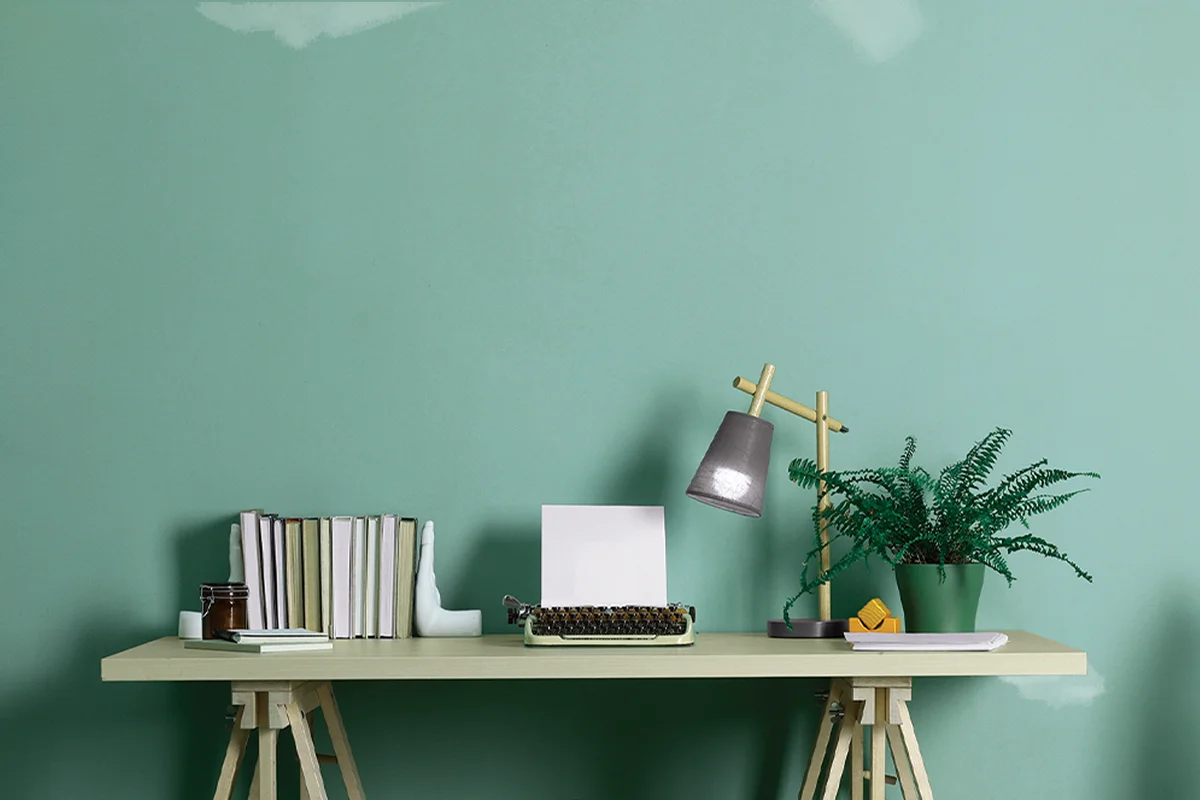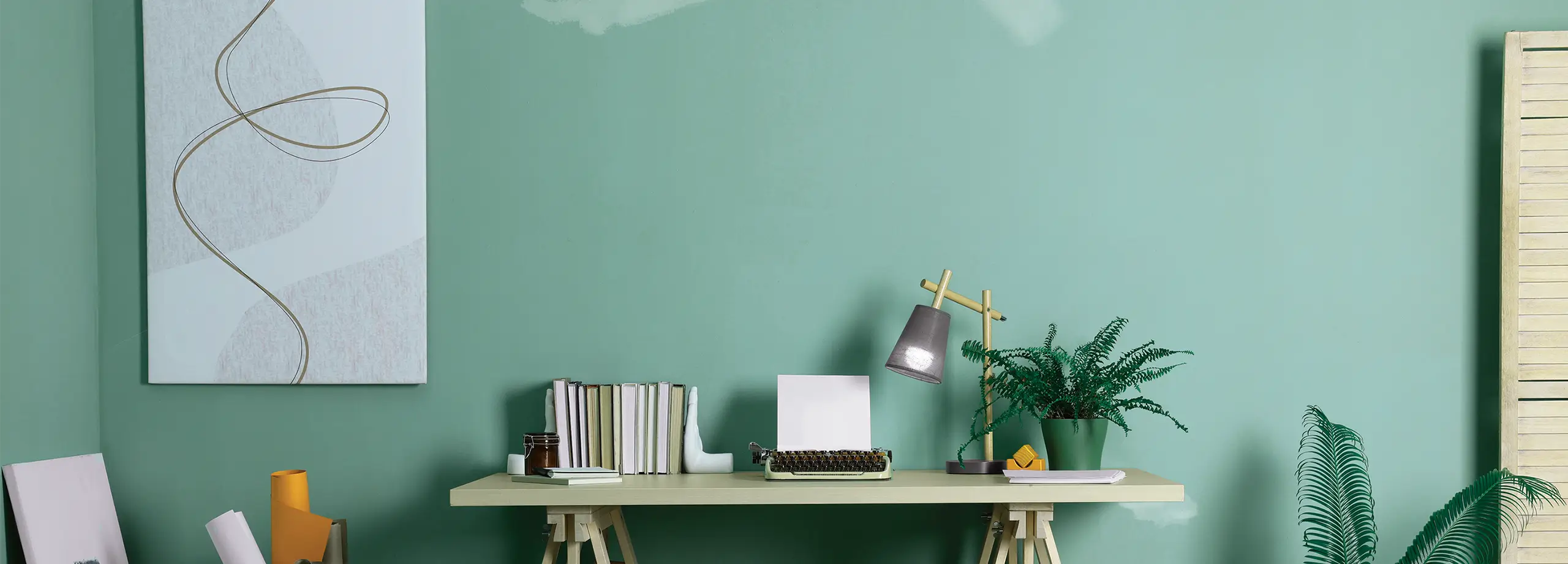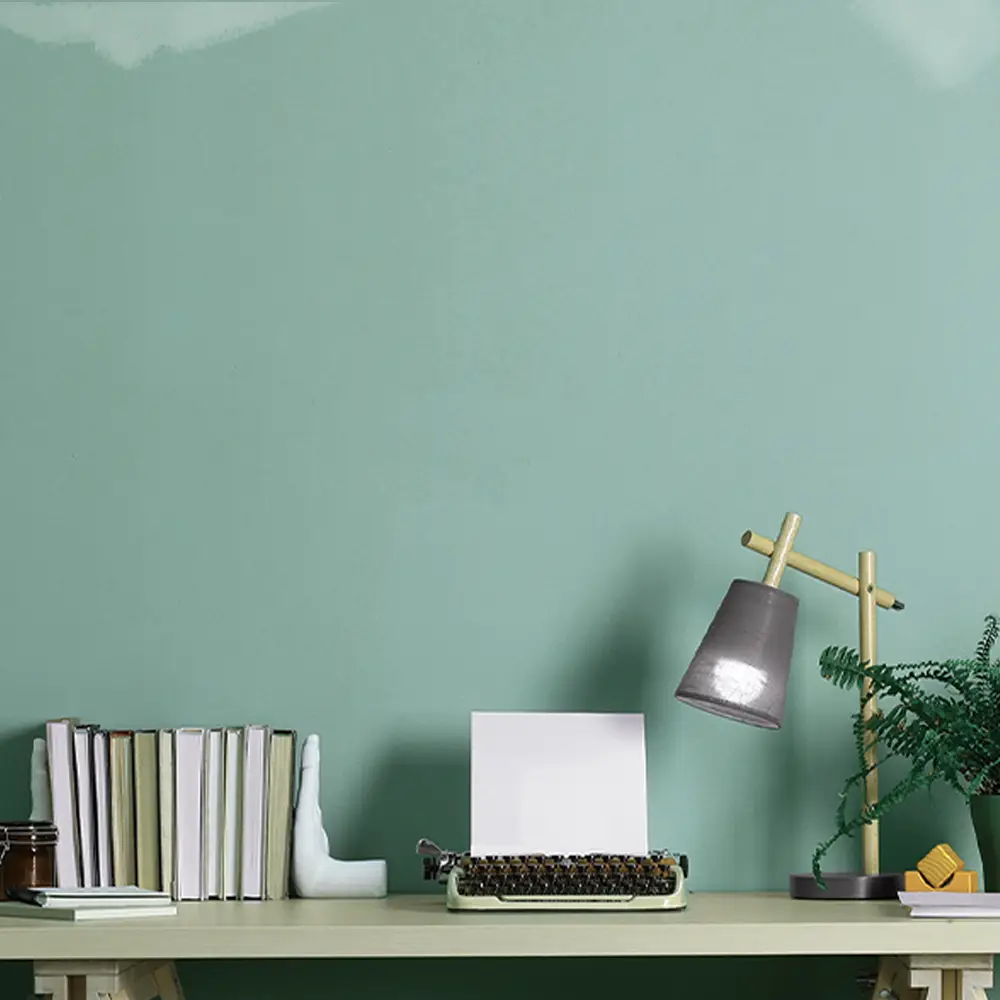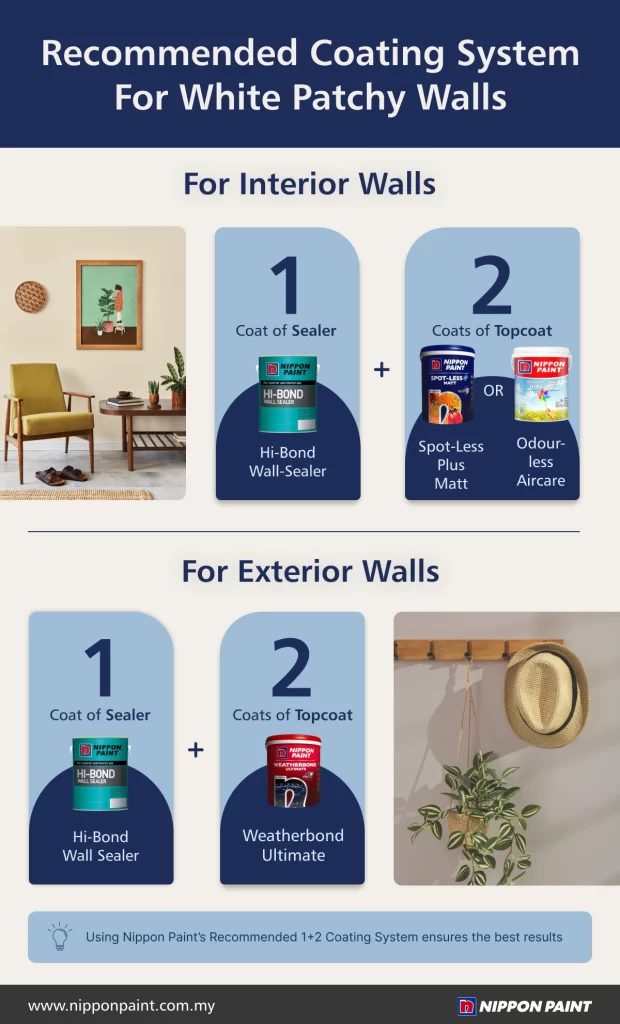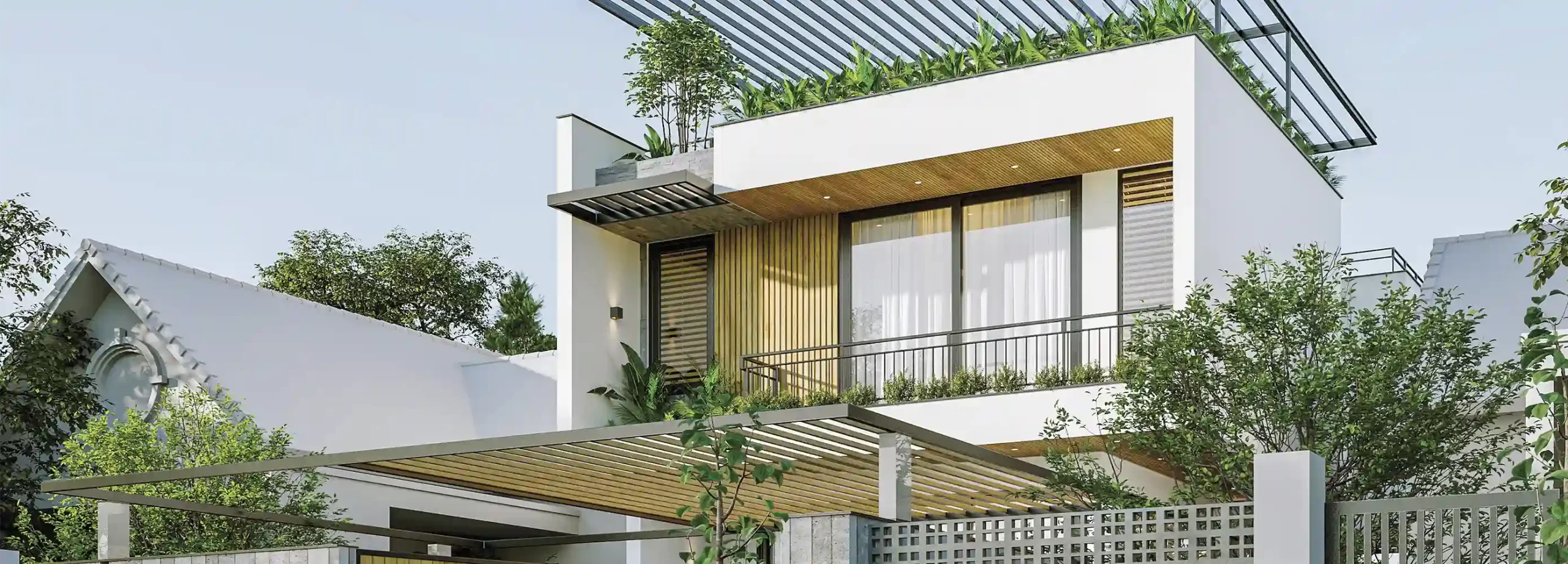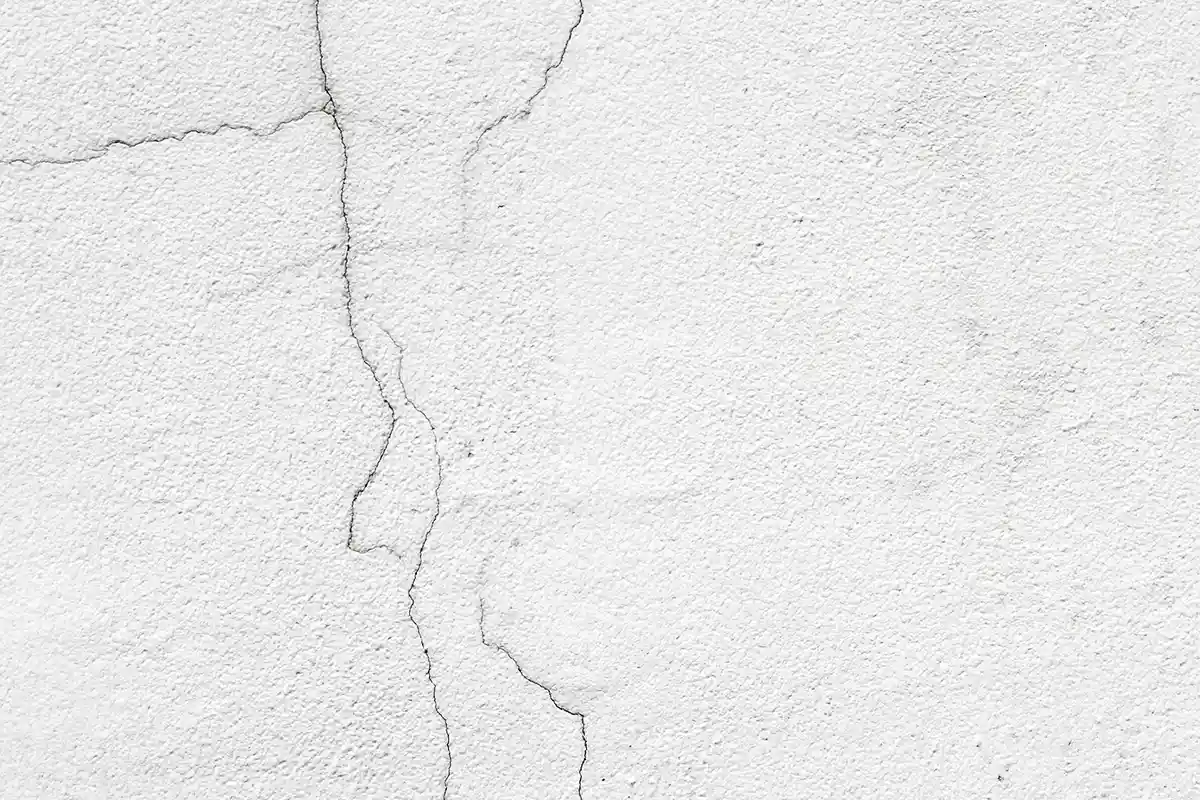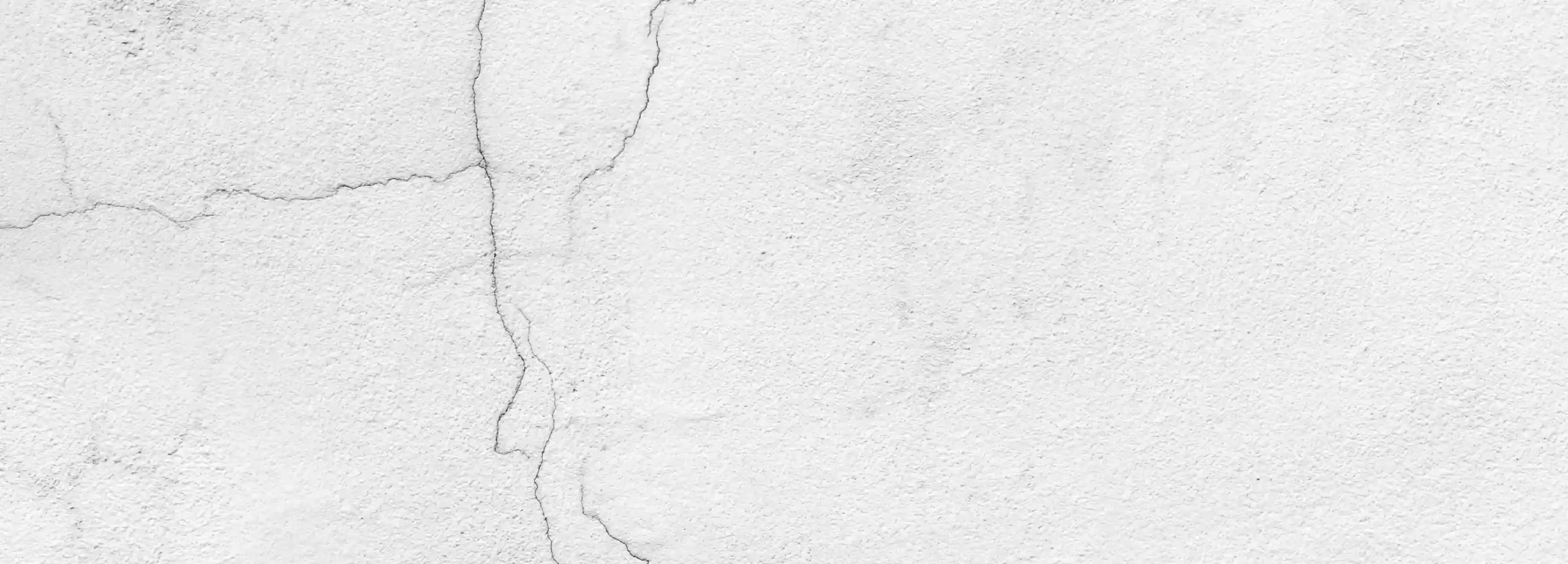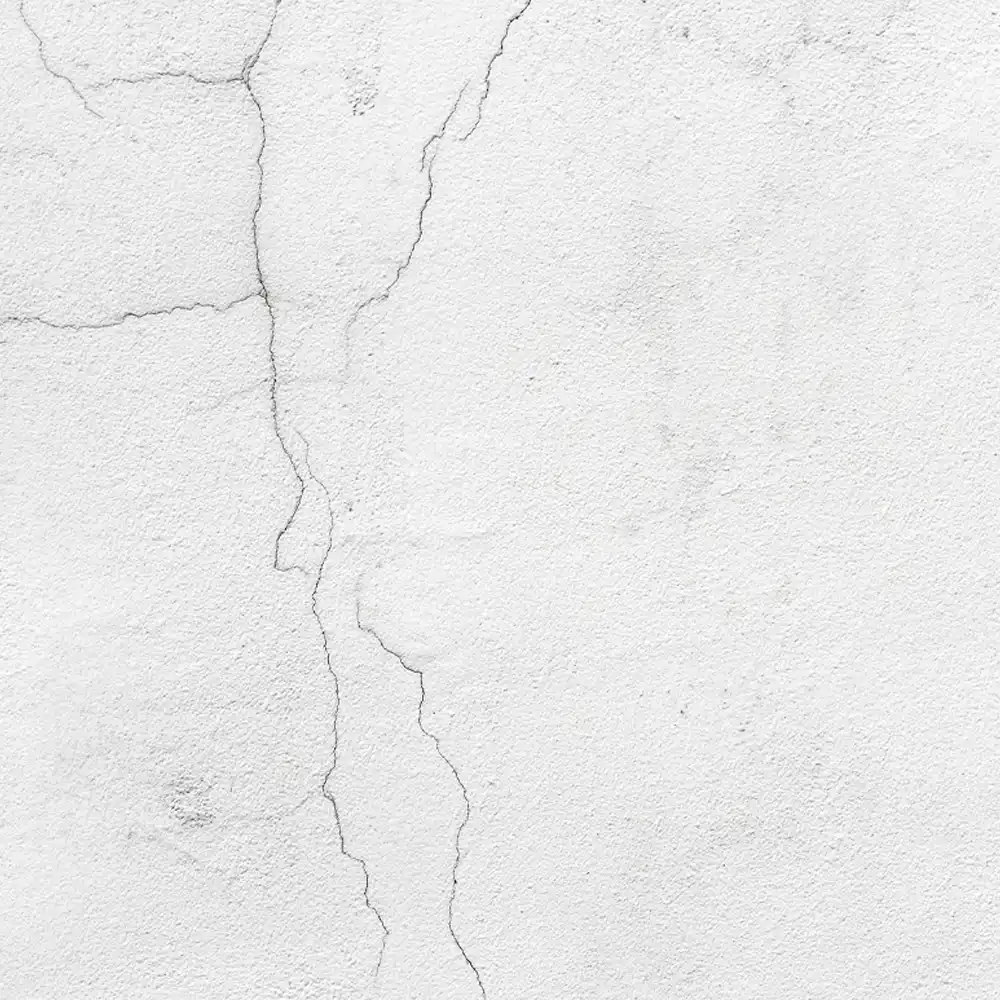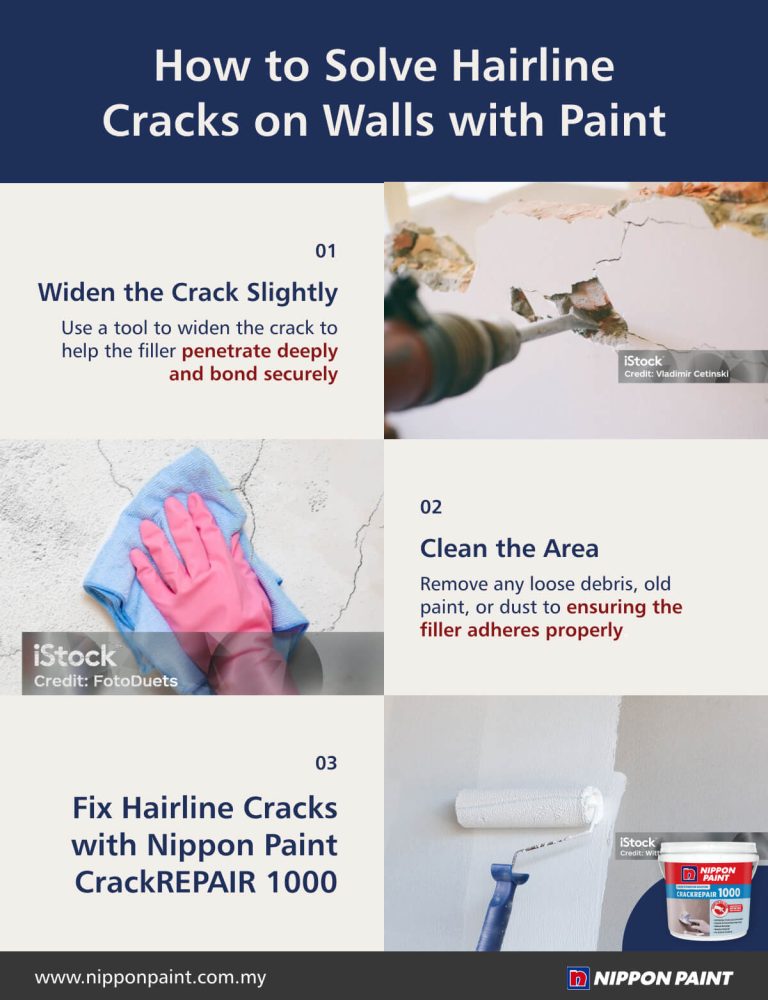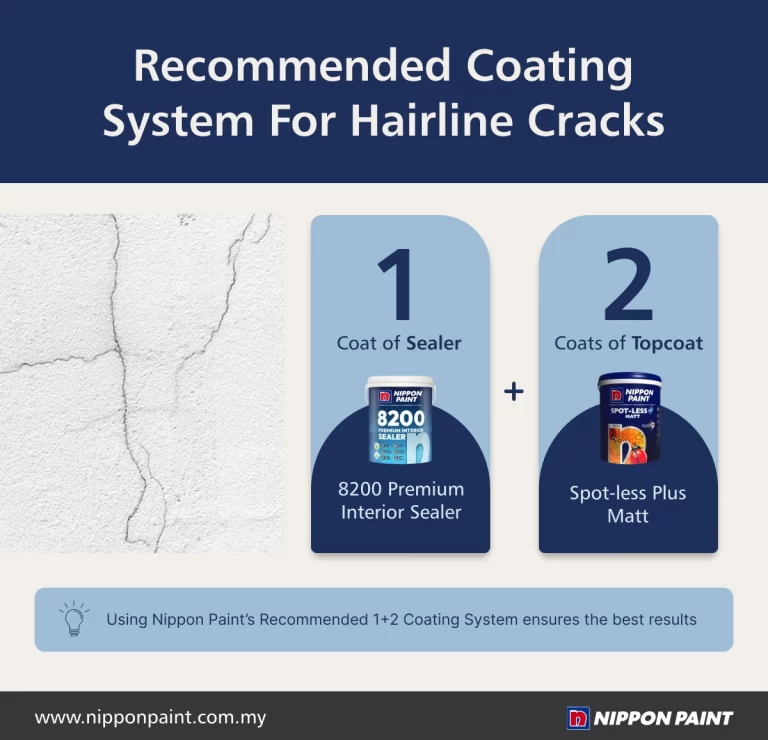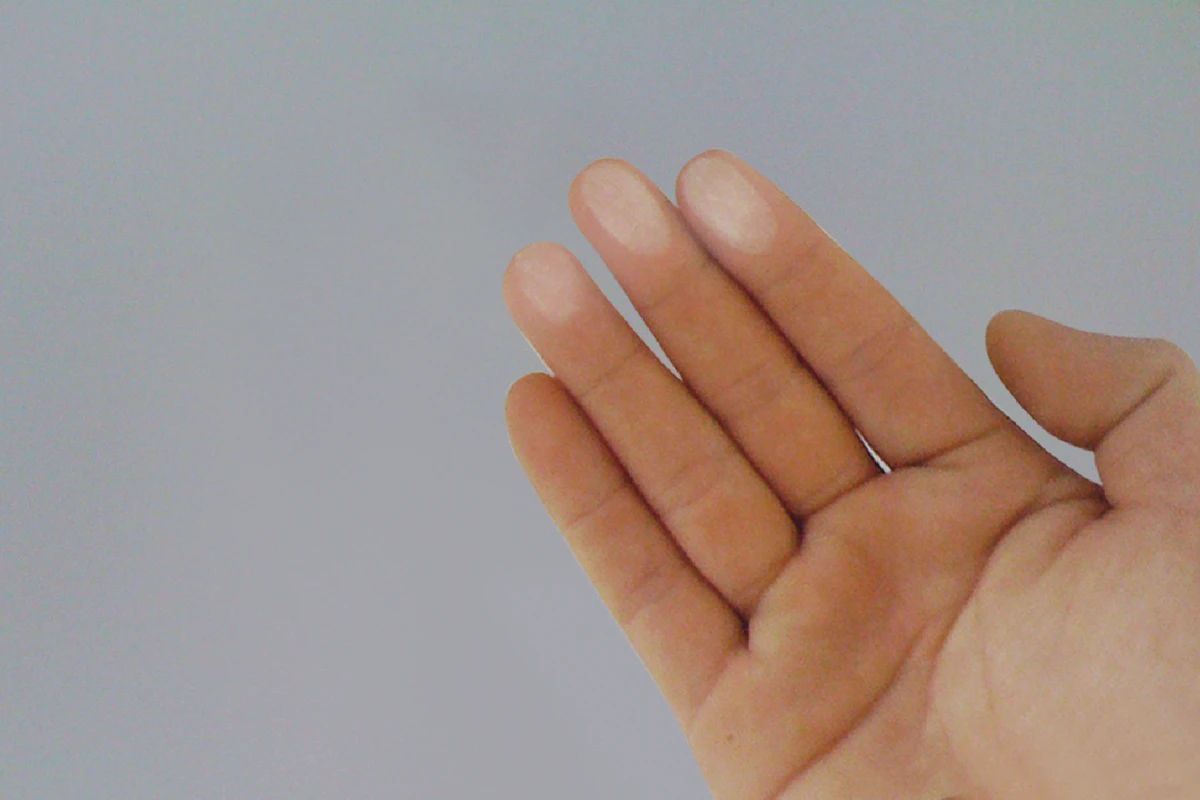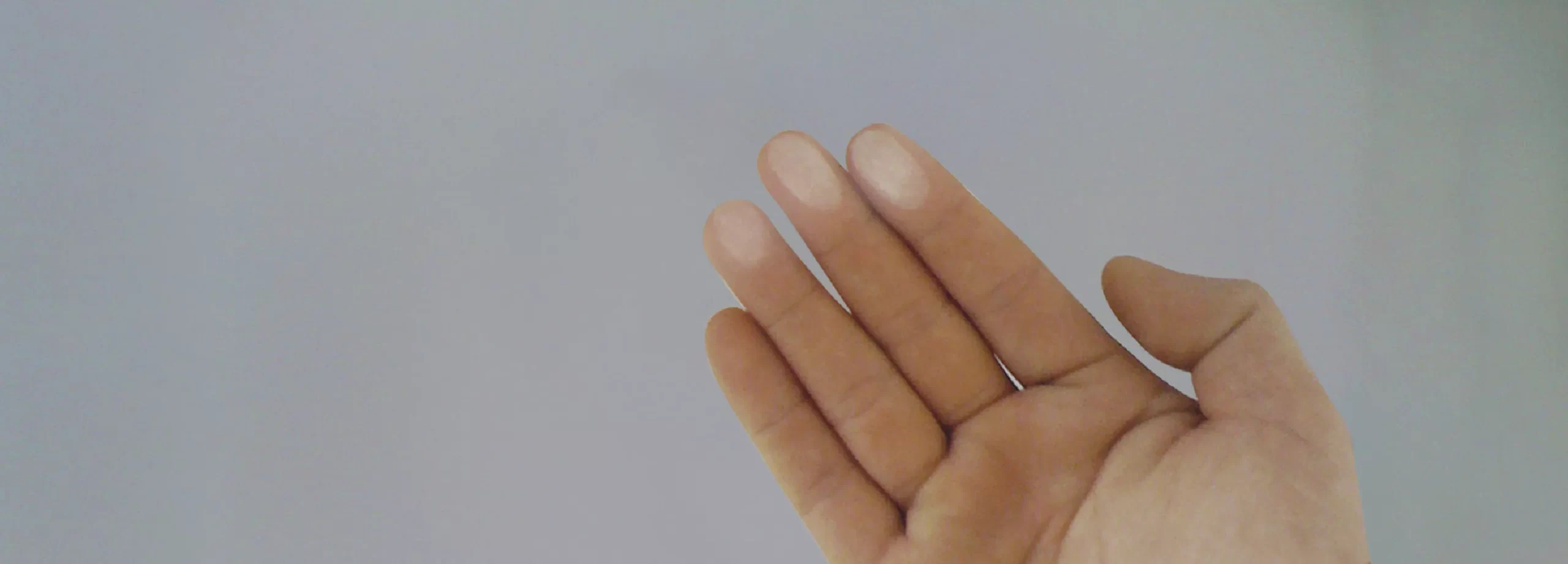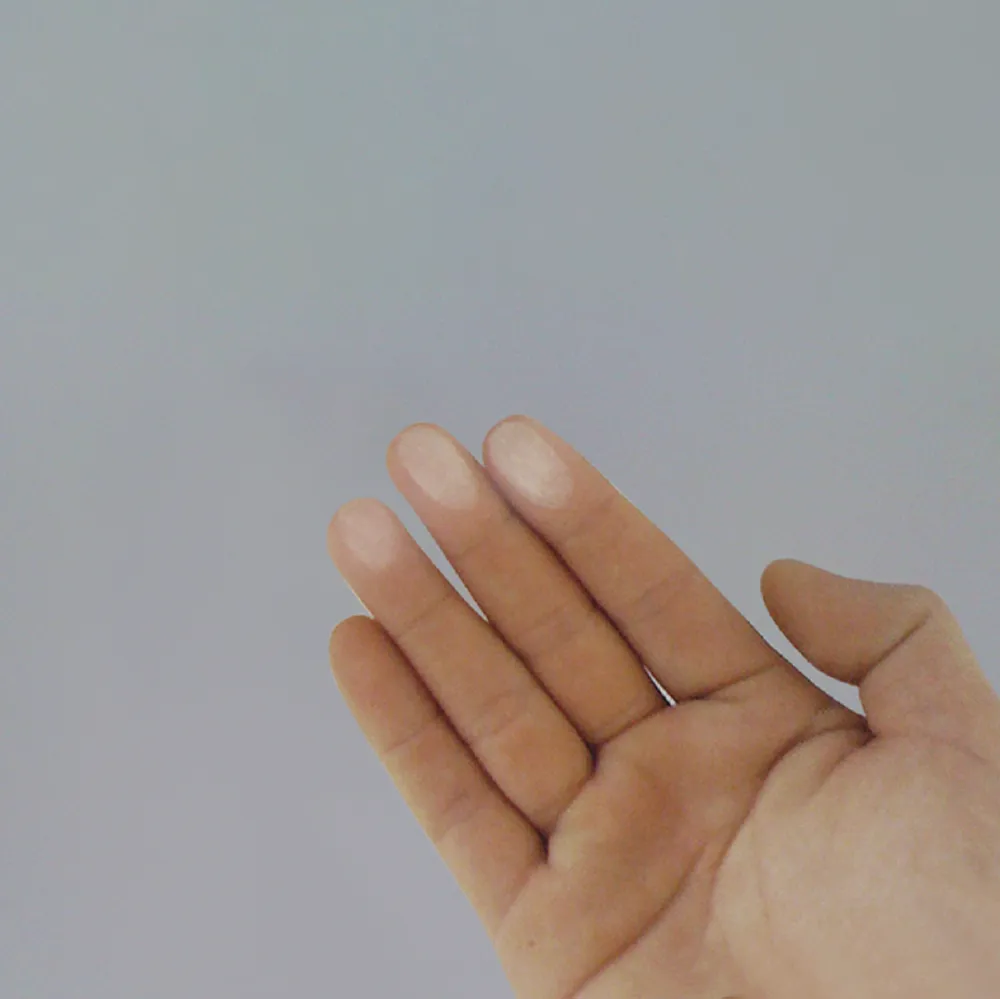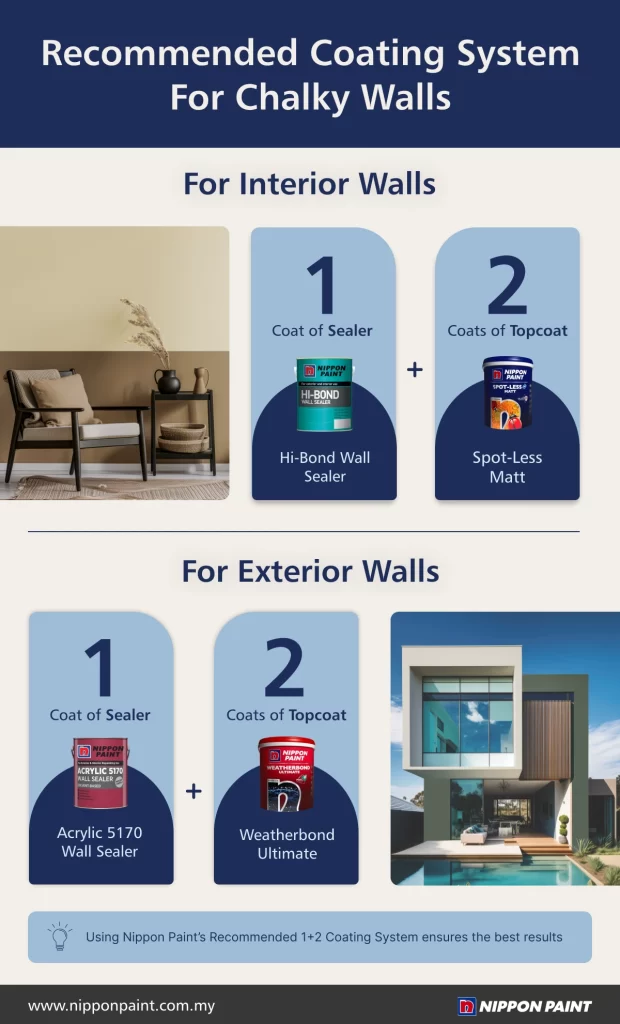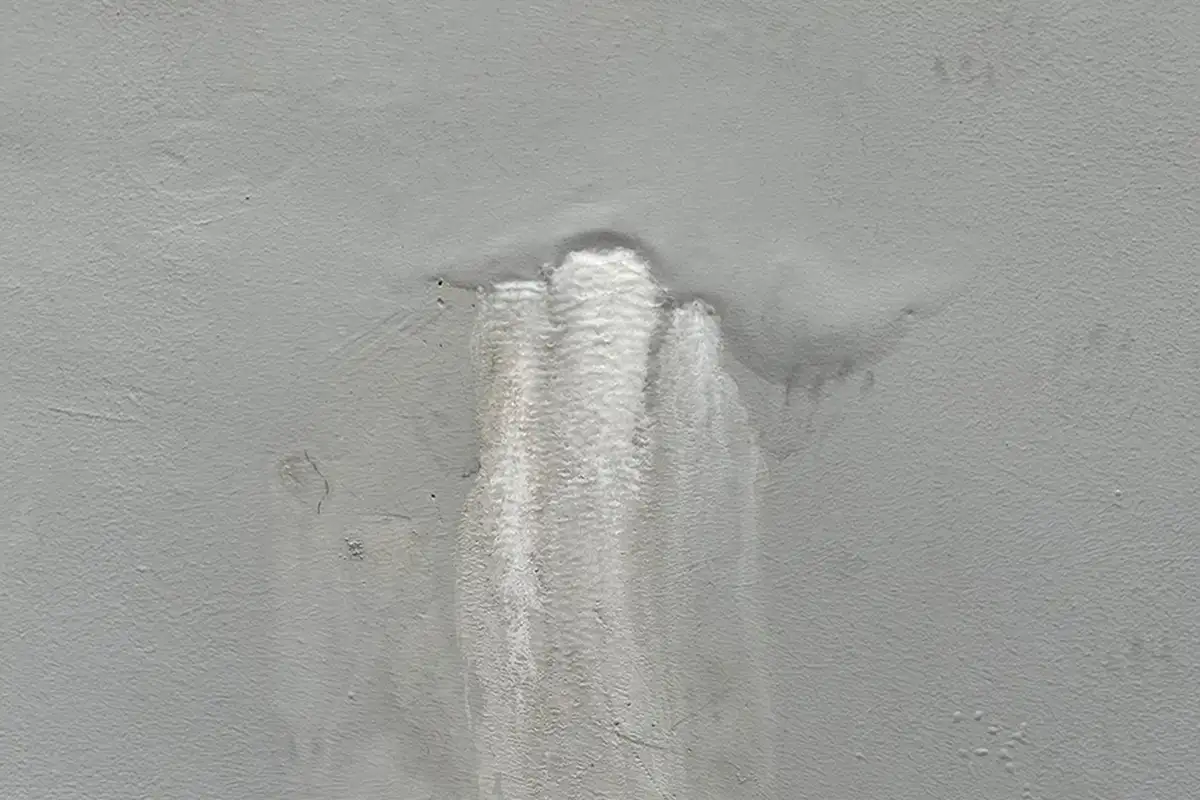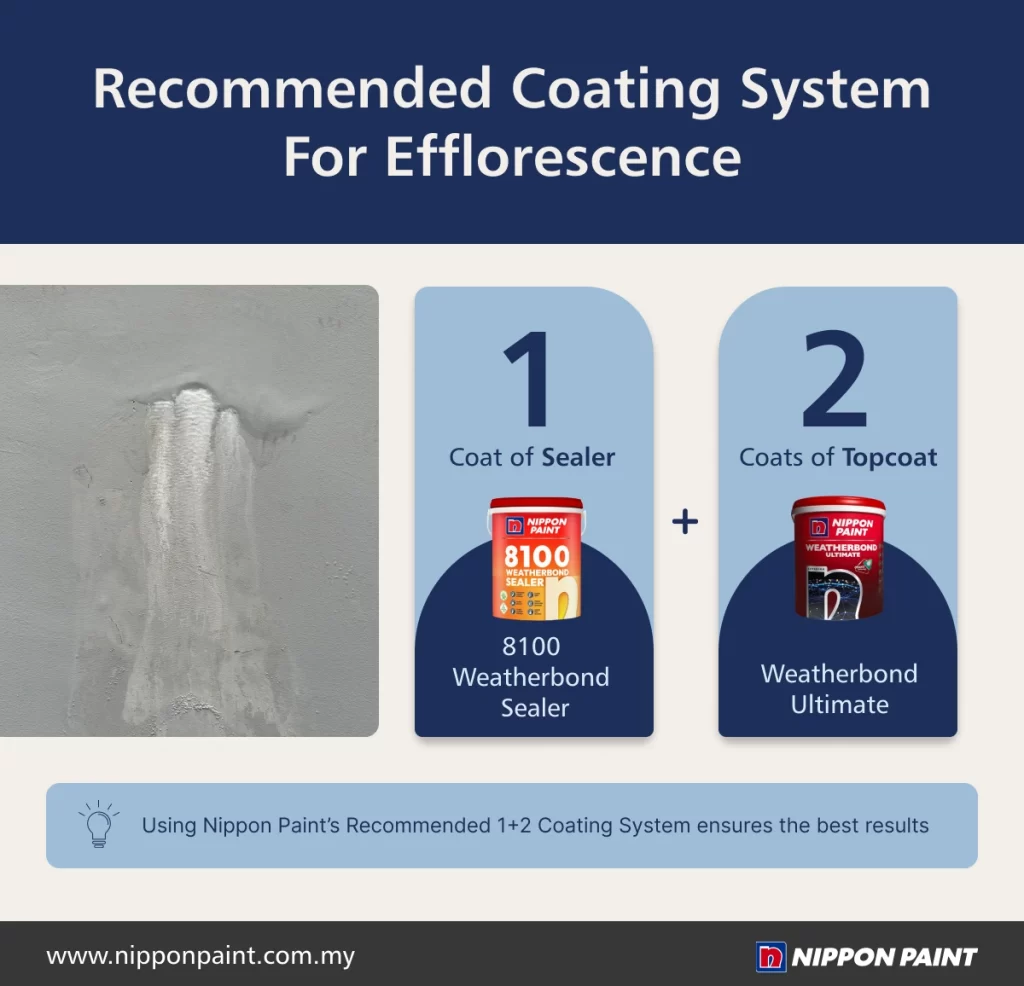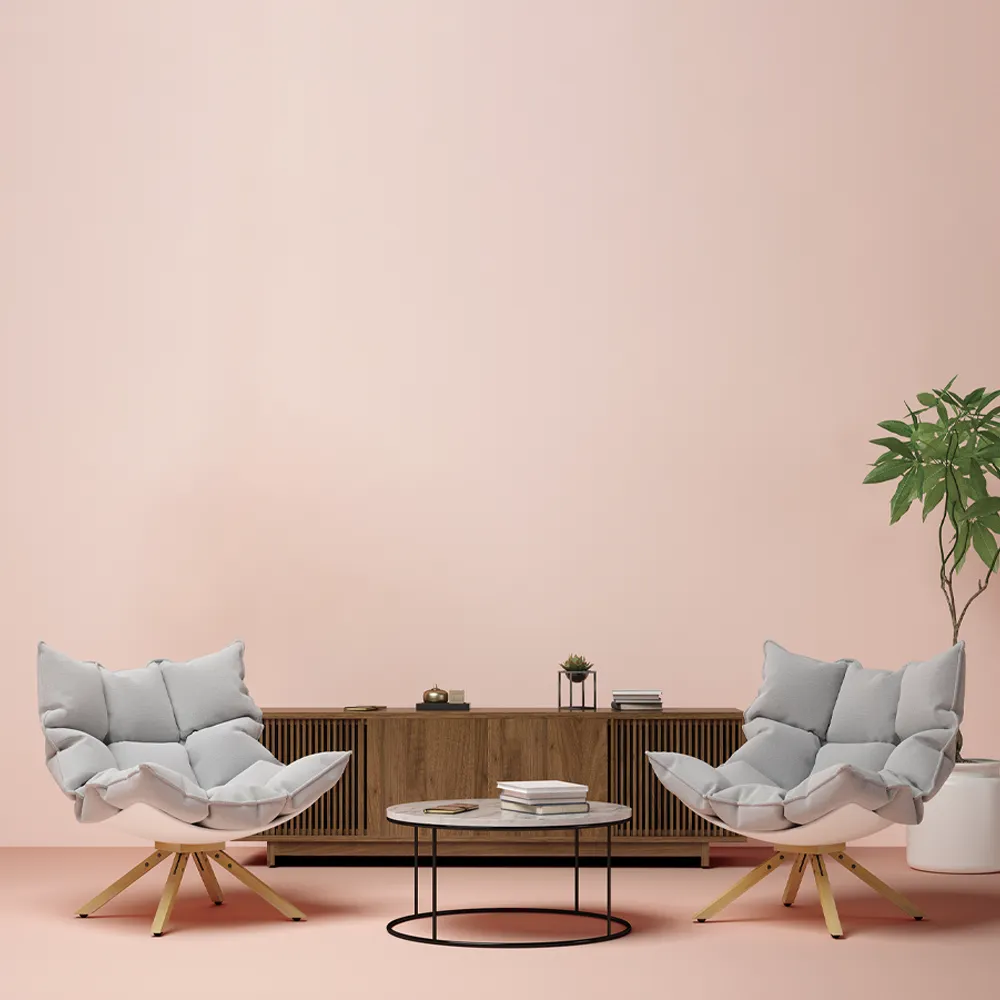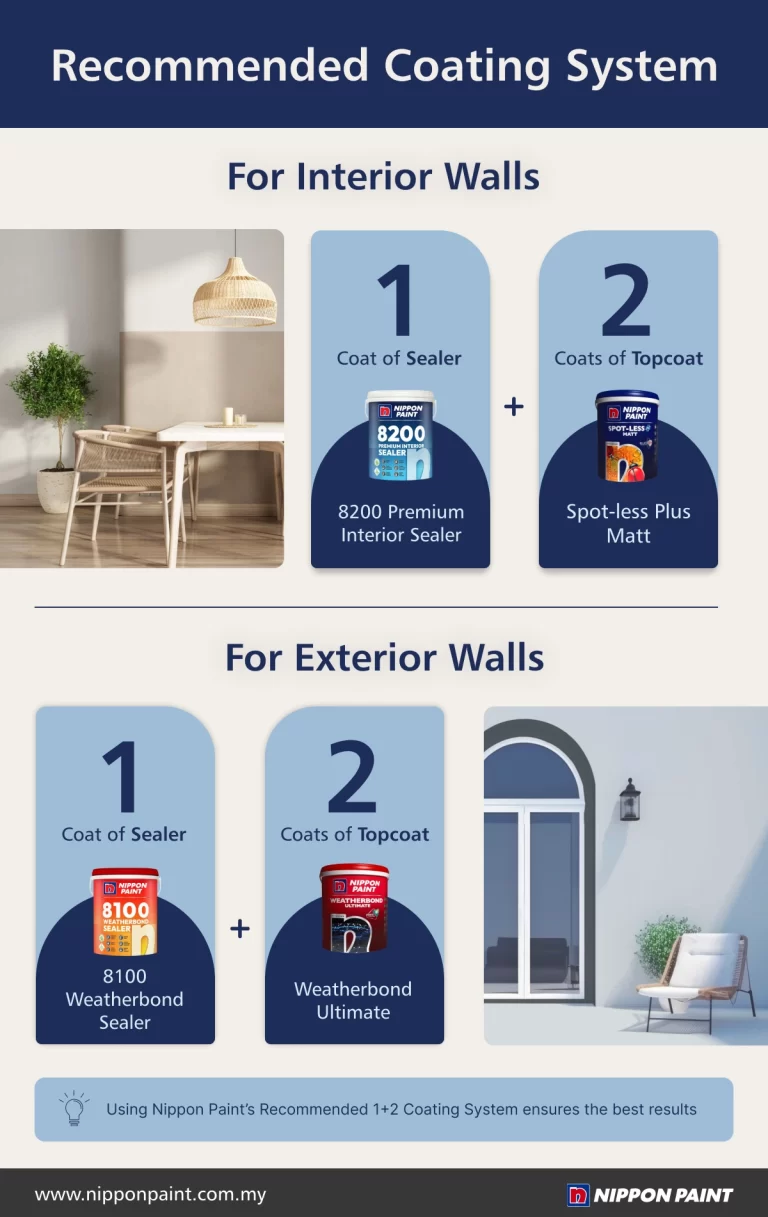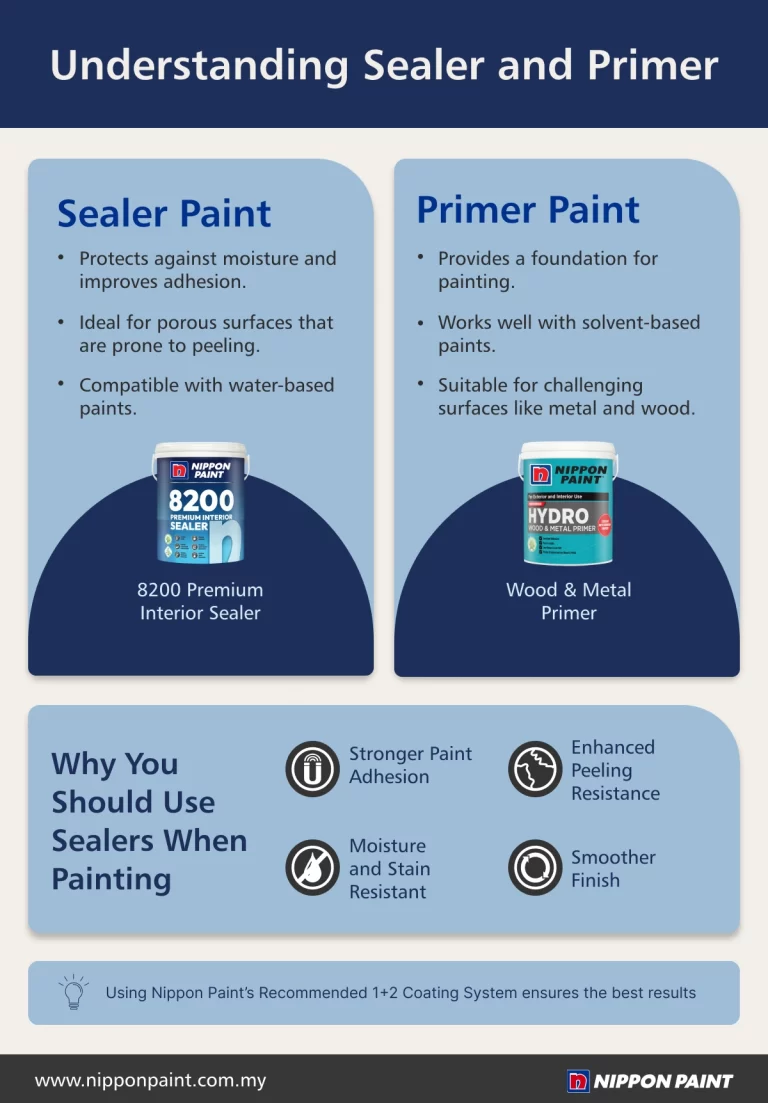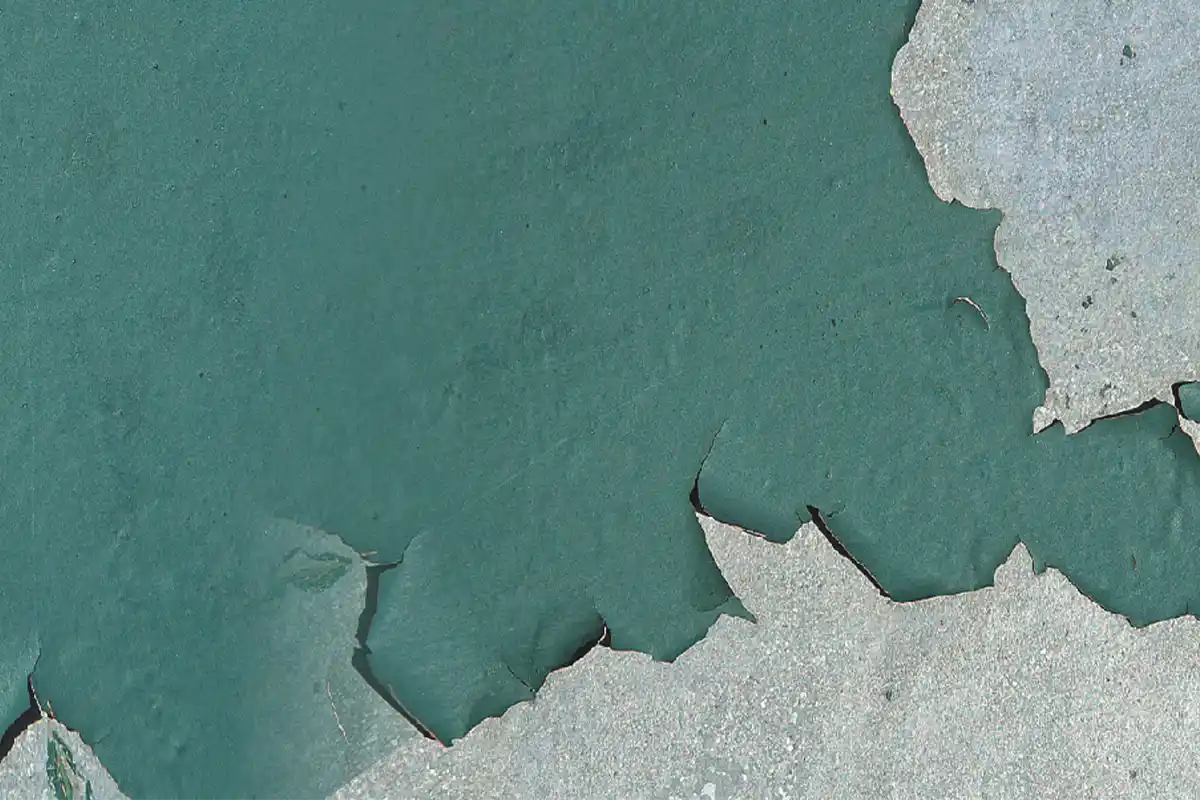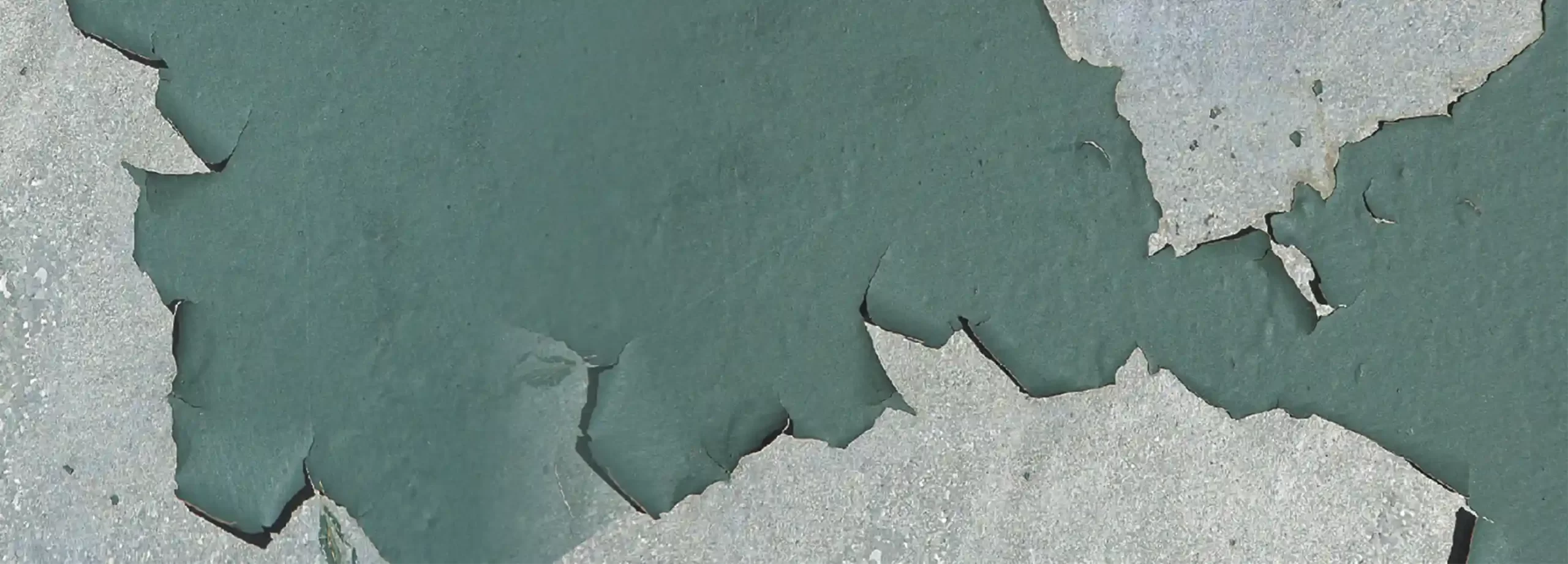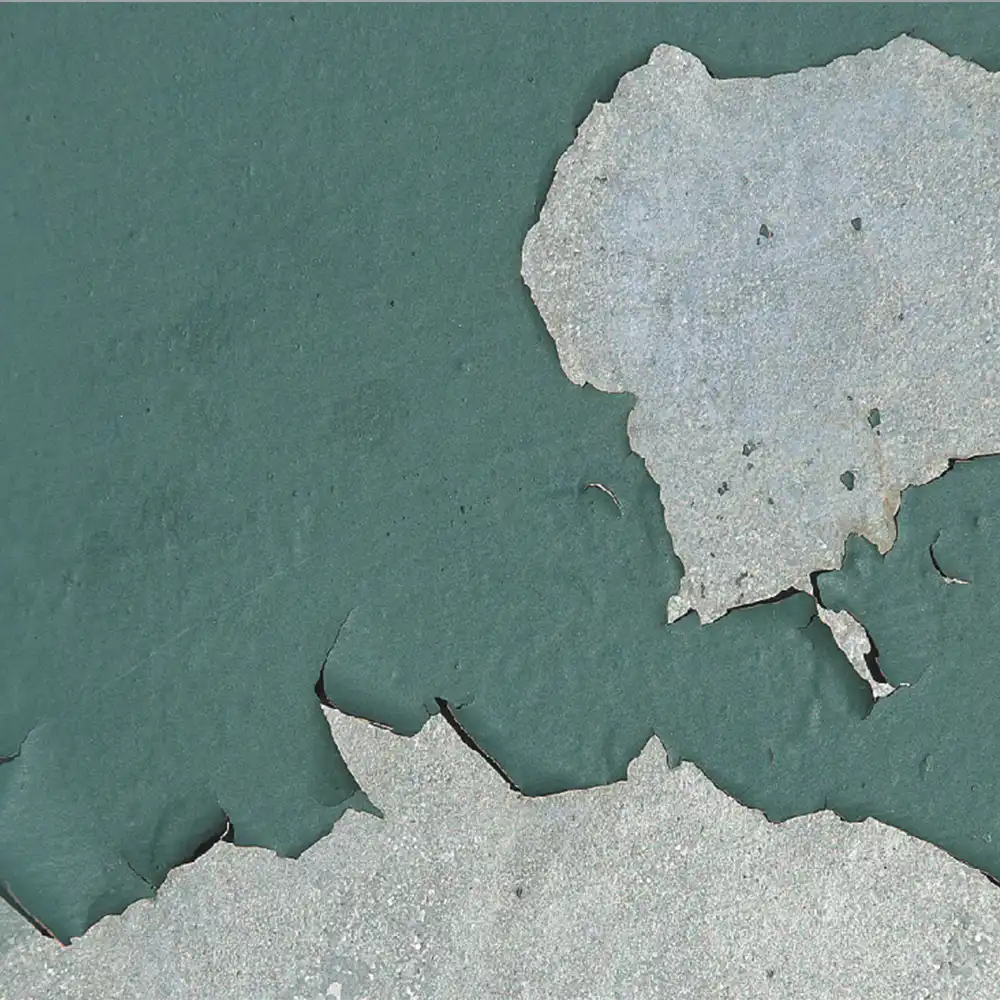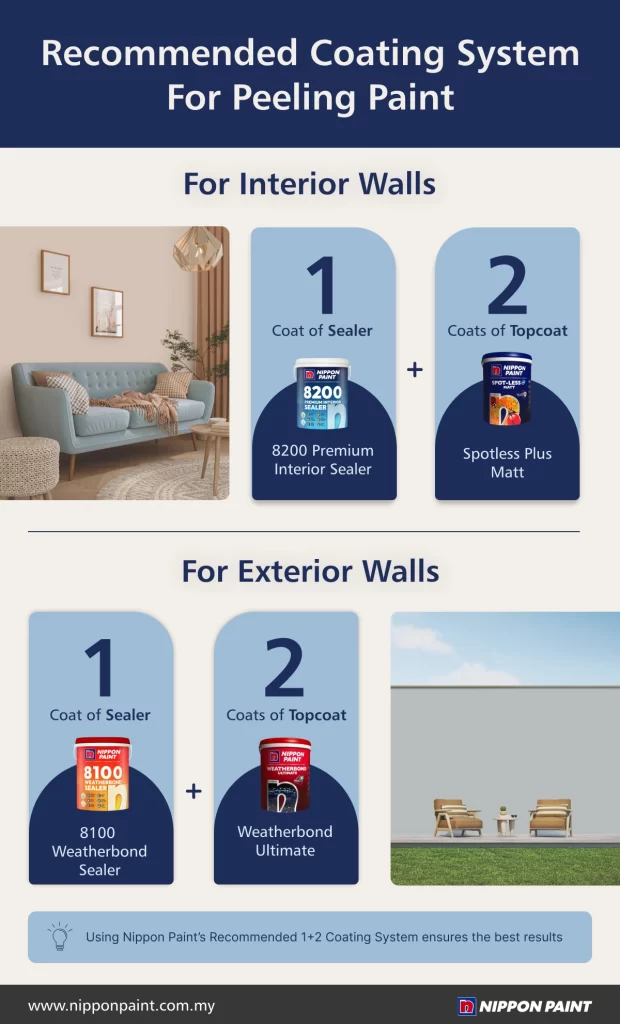How to Prevent Fungus and Mould from Growing on Your Walls
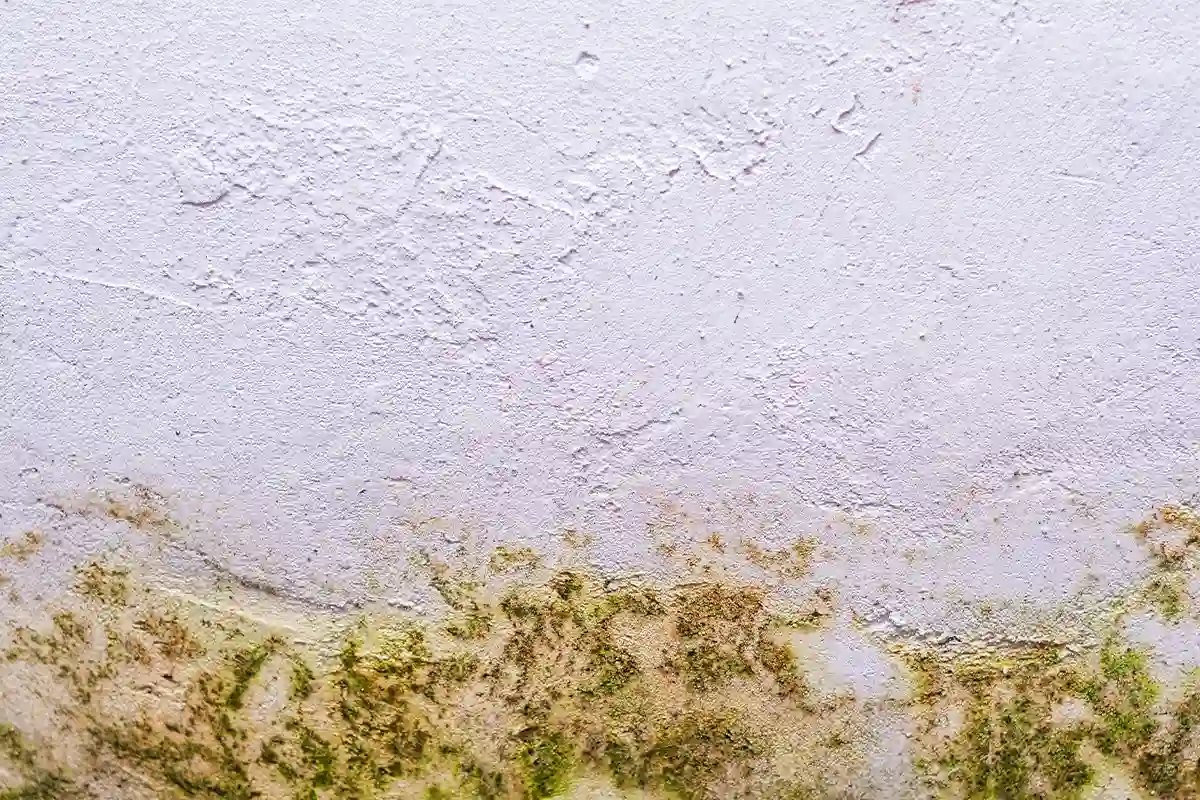
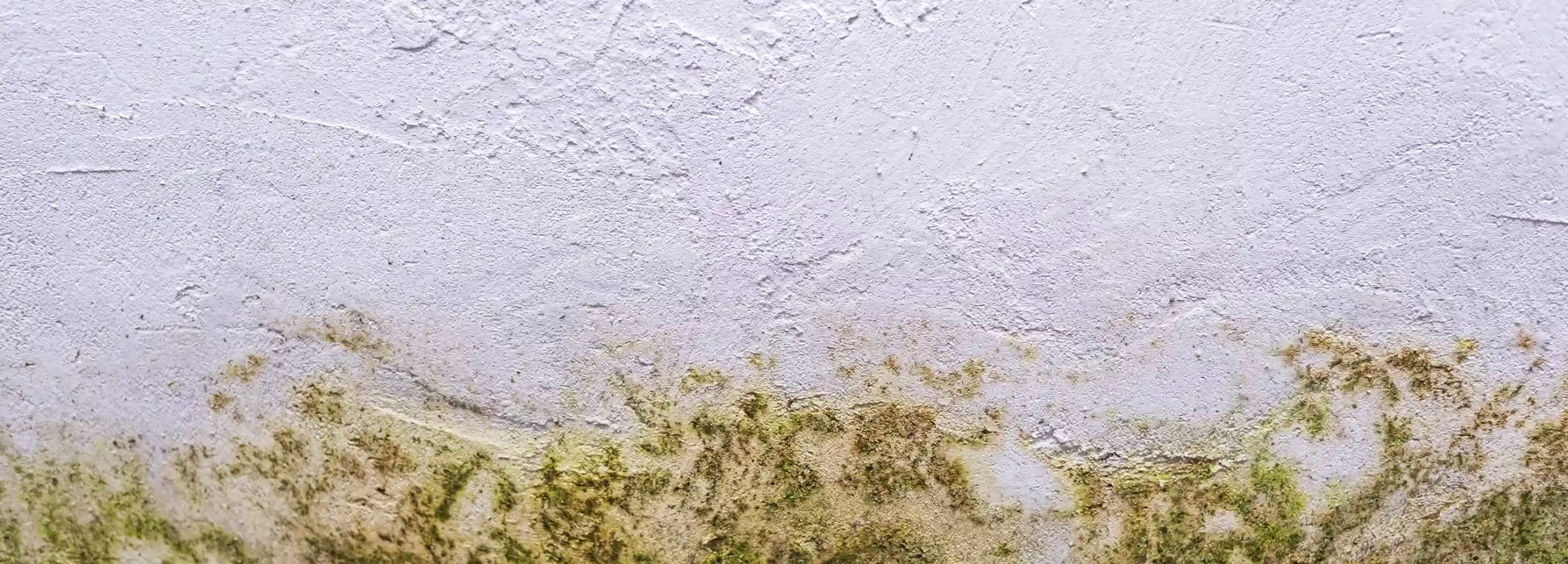

How to Prevent Mould from Growing on Your Walls
Mould and algae stains are a common problem in older buildings, often appearing as unsightly green, brown, or black patches. In Malaysia’s humid climate, these issues are often caused by water seepage from exterior walls into indoor spaces, creating the perfect conditions for mould to thrive. Bathrooms, kitchens, and areas around windows and doors are especially vulnerable due to moisture accumulation, while leaking pipes, damaged roofs, and poor ventilation further contribute to the problem. Using low-quality paint or painting over existing fungal issues without proper treatment can also lead to recurring mould growth.
Wondering How You can Protect Your Walls From Fungus and Mould?
Prevention starts with managing indoor moisture levels and improving air circulation. Proper ventilation is key. Turn on exhaust fans after showering and keep them running for at least 15 minutes to expel moisture-laden air. Avoid sealing off interior spaces by keeping doors and windows open whenever possible to allow airflow, which helps dry out excess moisture.
Additionally, appliances like air conditioners and air purifiers with a dehumidifier function can significantly reduce humidity. These devices maintain relative humidity below 50%, creating an environment less favourable for mould growth. By implementing these strategies, you can make your home less susceptible to mould and maintain a healthier living environment.

How to Prepare and Repaint Walls Affected by Mould?
Prevention is key when it comes to mould, but in Malaysia’s hot and humid weather, mould can still develop despite your best efforts. When this happens, it is important to address walls affected by mould growth effectively.
Proper preparation is crucial to completely eliminate mould and ensure the new paint adheres properly. Nippon Paint’s recommended 1+2 coating system provides an ideal solution. This method involves applying one layer of sealer to create a strong base, followed by two layers of topcoat for enhanced durability and long-lasting protection. By following these steps, you can restore your walls and protect them from future mould damage.
Step 1: Surface Preparation
Begin by thoroughly cleaning the mould-affected area. Remove all visible algae, fungus, or mould growth by scrubbing or washing the surface with a soft brush and water. For stubborn mould, apply Nippon Paint Fungicidal Wash, a low-toxicity fungal and algae wash that kills all surface fungal spores. Apply the solution to the affected area by spraying, scrubbing, or painting it on, and let it sit for at least 24 hours or overnight for optimal results.
After cleaning, rinse off the solution and allow the wall to dry completely. Skipping this step can trap moisture in the wall, leading to recurring mould growth or peeling paint later. Proper drying is essential for a long-lasting finish.
Step 2: Apply a Sealer
Once the surface is prepared, apply one layer of Nippon Paint 5200 Interior Sealer for the interior wall. This high-performance sealer protects against moisture and mild alkalinity from the substrate, creating a stable foundation for the topcoat. It also prevents stains from seeping through and ensures proper adhesion, making it particularly effective for walls previously affected by mould or moisture damage.
For exterior walls or spaces prone to high moisture levels, applying a sealer is even more important as it acts as a barrier, Nippon Paint 5100 Wall Sealer is your best choice, it resists further fungal growth and prolongs the durability of the paint.
Step 3: Apply Two Coats of Topcoat
After the sealer has dried, apply two coats of topcoat for a flawless finish. For interior walls, use Nippon Paint Spotless-Plus, a premium topcoat that offers excellent washability and coverage. It also absorbs harmful formaldehyde, improving indoor air quality and making it an ideal choice for living rooms, bedrooms, and kitchens.
For exterior walls, choose Nippon Paint Weatherbond Solareflect Extreme, a weather-resistant topcoat designed to withstand Malaysia’s harsh outdoor conditions. It reduces surface temperatures, protects walls from UV damage, and provides a long-lasting barrier against rain and humidity. Ensure that the first coat is fully dry before applying the second for optimal results.

Conclusion
Mould growth can harm both the appearance and air quality of your home, leading to health issues such as allergies, asthma, itchy eyes, sinus infections, and even pneumonia. Prolonged exposure may also cause skin irritations, headaches, and other health concerns. Addressing mould promptly is essential to protect both your home’s aesthetics and your family’s well-being.
Prevention is equally important. Proper surface preparation, combined with high-quality mould-resistant paint, is key to eliminating mould and preventing its return. With Nippon Paint’s recommended coating system, you can create a healthier, cleaner, and more comfortable home environment.
